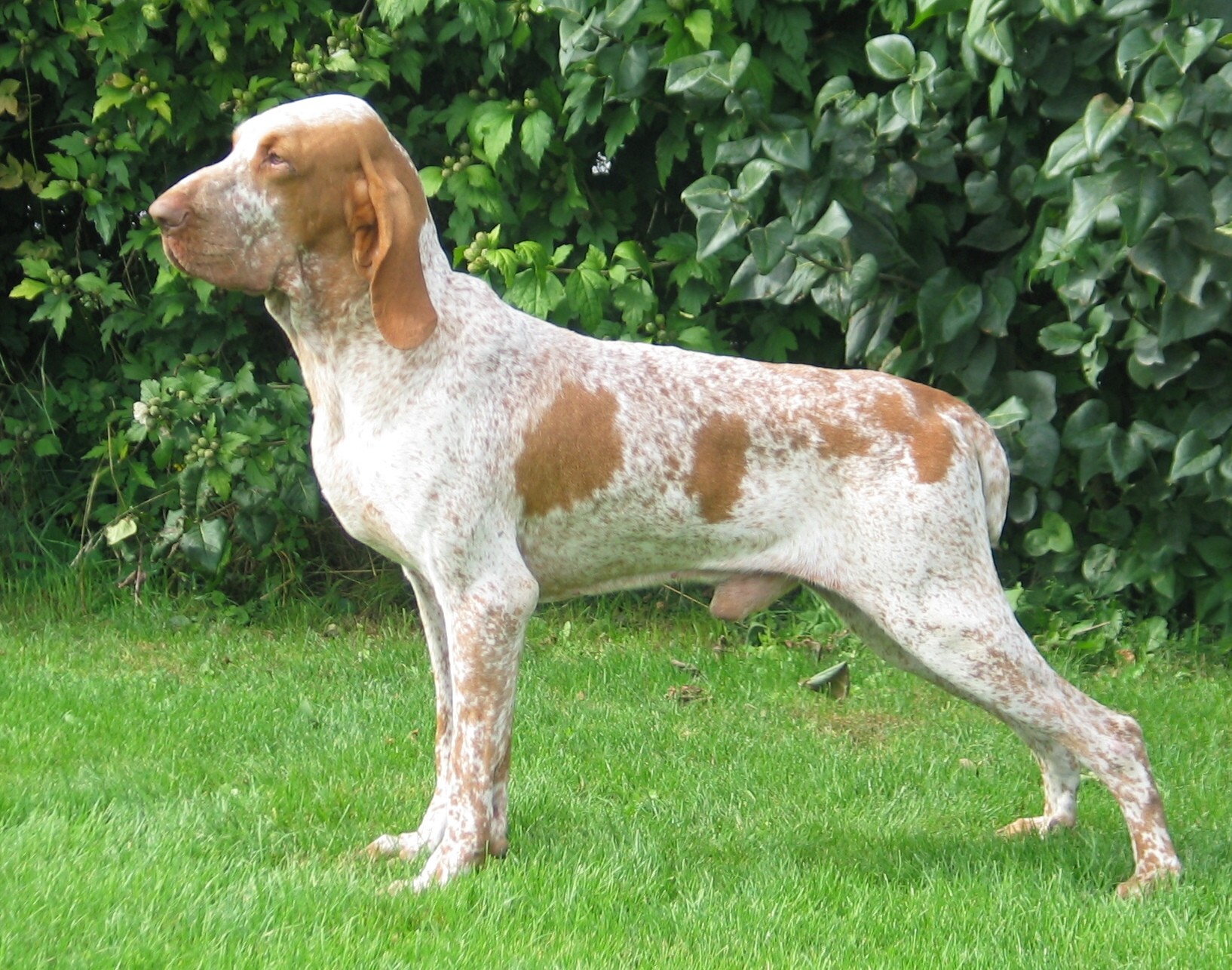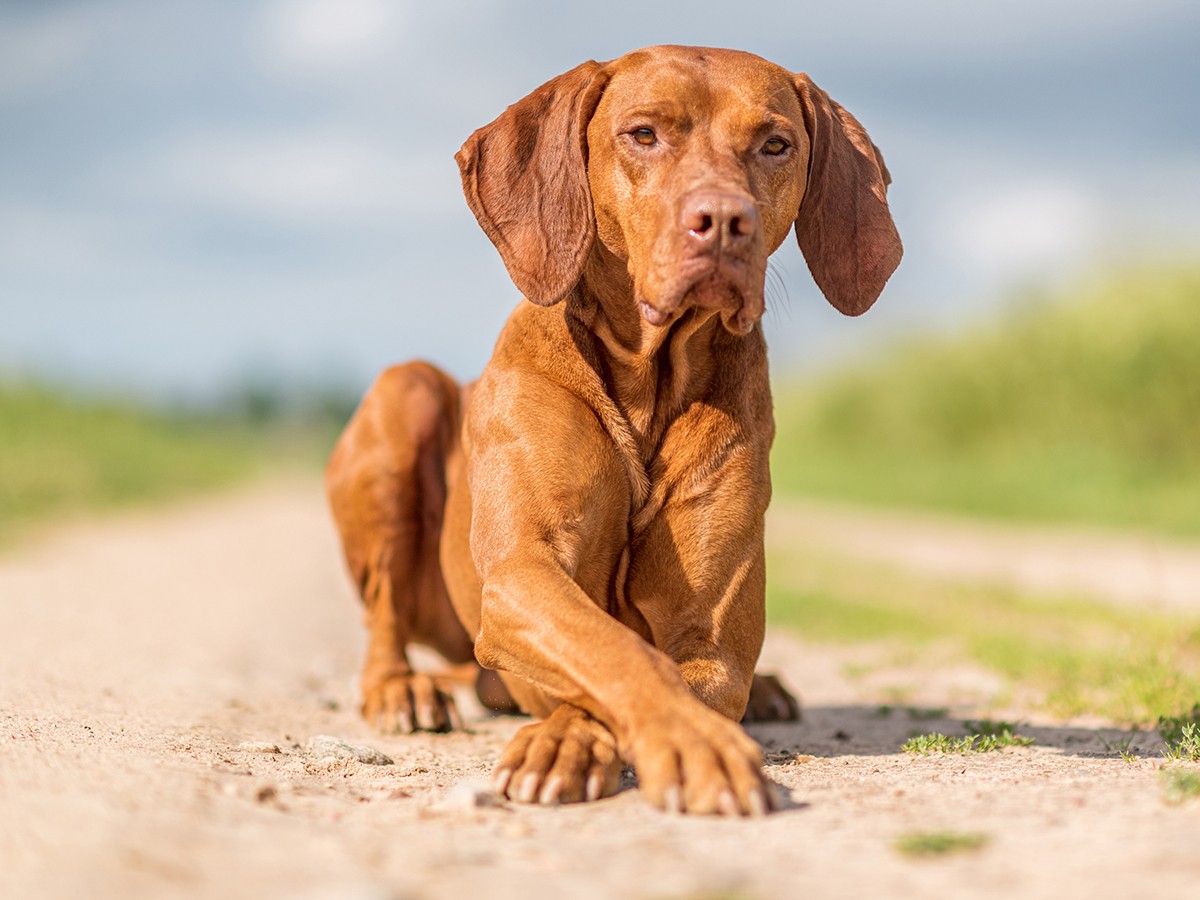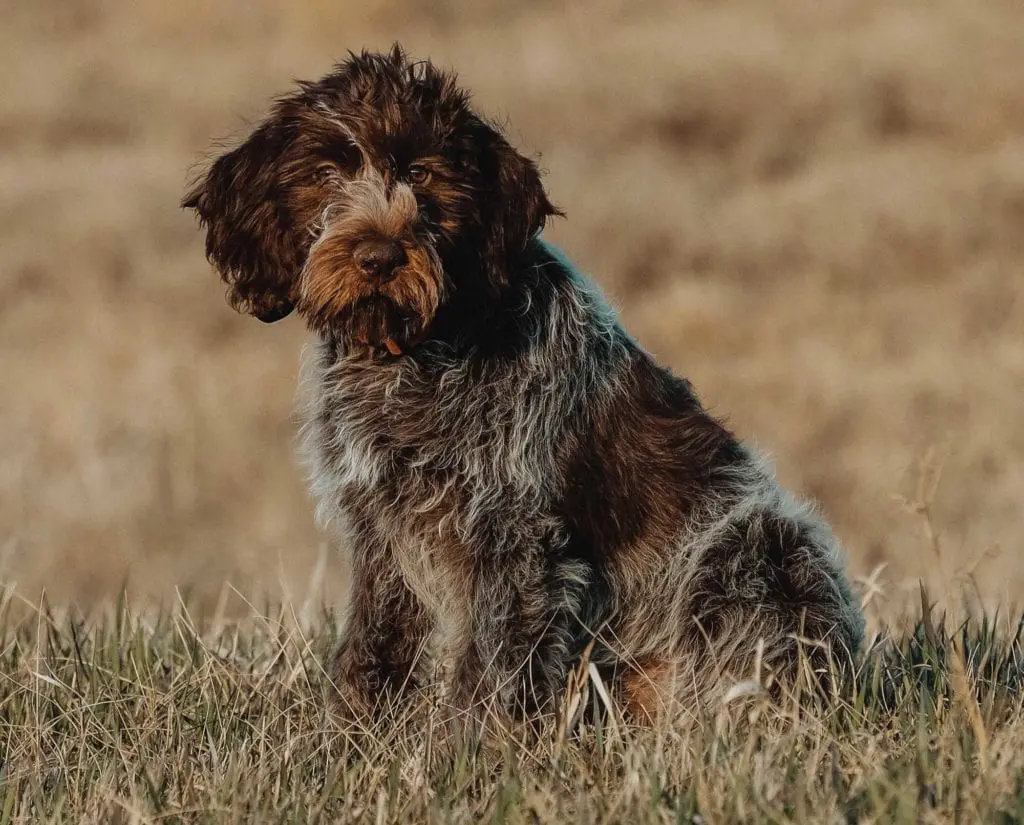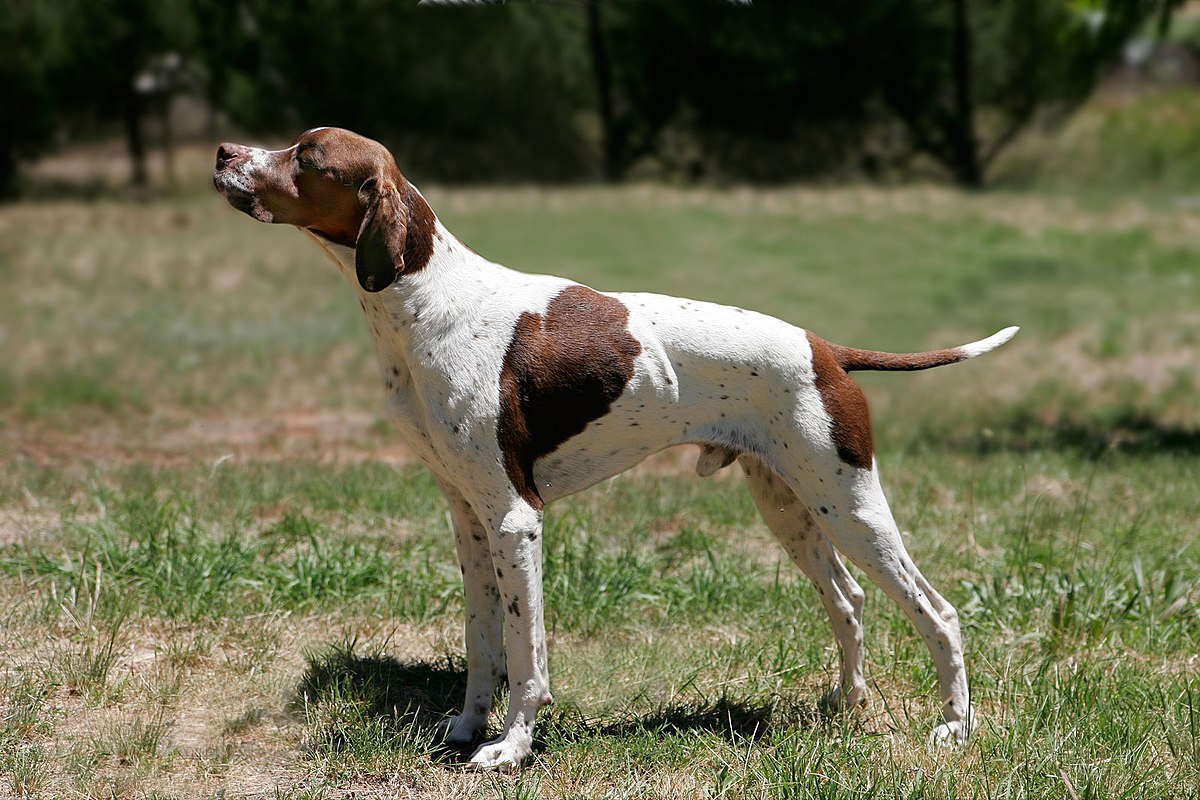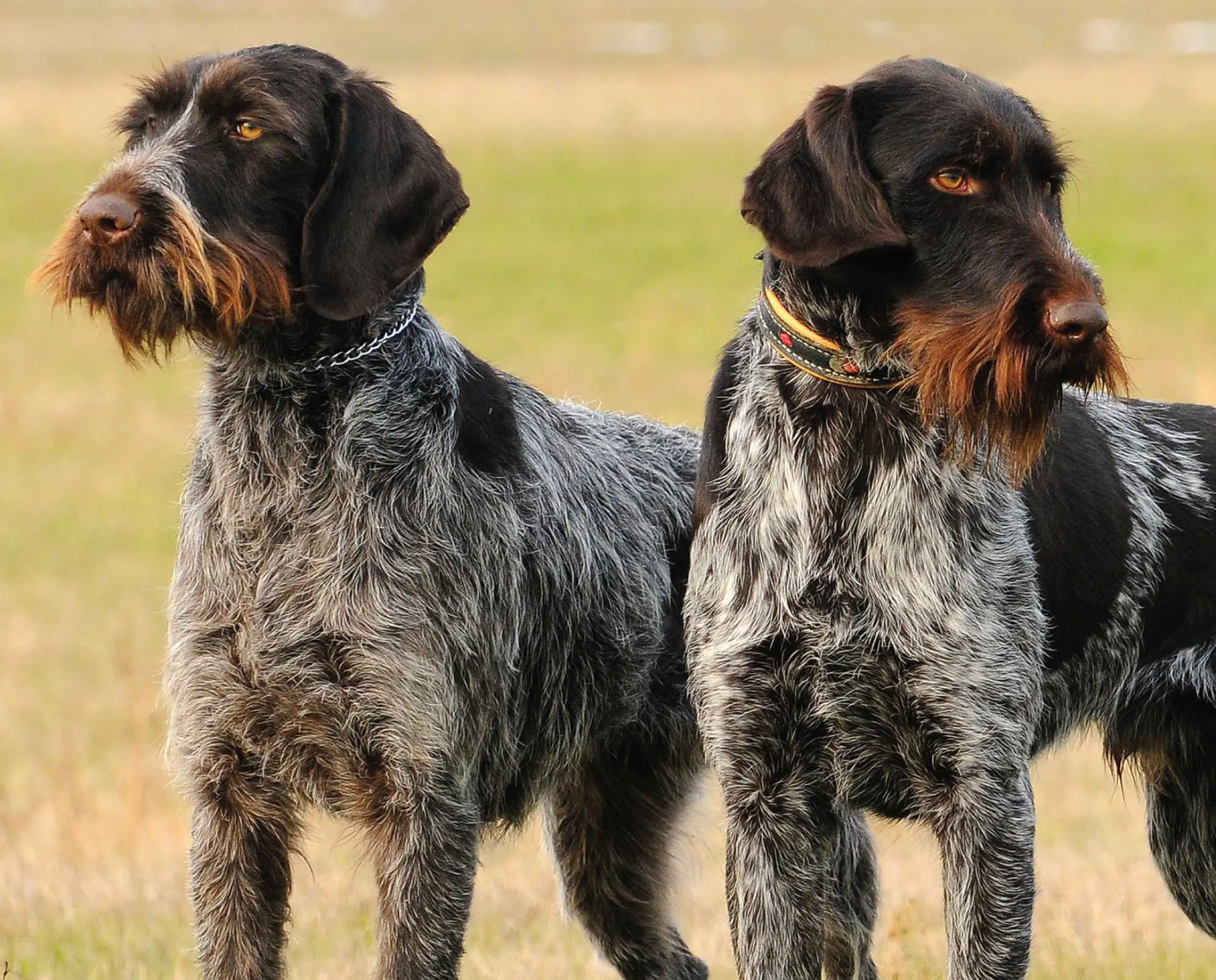Introduction: Meet the Elegant Italian Pointer
Hey there, fellow dog lovers! So, you’ve probably heard all about Labs, Goldens, and German Shepherds—the A-listers of the dog world—but today I’m shining a spotlight on a lesser-known canine gem that’s been turning heads at dog parks and winning hearts for centuries in Italy: the magnificent Bracco Italiano.
Picture this: a dog with the elegant face of a hound, the athletic build of a pointer, and the soulful eyes that could melt the coldest heart. That’s the Bracco Italiano (pronounced “BRAH-koh ee-TAL-yah-no” if you want to sound cultured at your next dinner party). These stunning dogs combine the best of both worlds—they’re tireless workers in the field and gentle companions at home. It’s like having a sophisticated Italian aristocrat who also doesn’t mind getting muddy on weekend adventures!
While they may not be as common as some other breeds here in the States, these dogs have been beloved in Italy since ancient times. And with good reason! The Bracco Italiano brings something special to the table: a unique blend of hunting prowess, family-friendly temperament, and undeniable Italian style that’s hard to resist.
So whether you’re actively considering adding one of these majestic pups to your family, or just enjoy learning about interesting dog breeds (same!), stick around as we dive into everything you need to know about the charismatic Bracco Italiano. From their fascinating history and distinctive appearance to their lovable personality and care requirements, I’ve got you covered. Let’s get to know Italy’s finest canine export!
A Rich Heritage: The Ancient Italian Pointer
Ancient Roots in the Renaissance and Beyond
When I say the Bracco Italiano is an old breed, I mean OLD. We’re talking ancient history here! Evidence of these magnificent hunting dogs dates all the way back to the 4th and 5th centuries BCE. That’s right—while the Roman Empire was still expanding, the ancestors of today’s Bracchi (that’s plural for Bracco!) were already developing in what would become Italy.
These dogs truly hit their stride during the Renaissance, when they became the favored hunting companions of Italian nobility. The powerful Medici and Gonzaga families, famous patrons of Renaissance art and culture, were also enthusiastic Bracco breeders. Talk about pedigree! These weren’t just any hunting dogs—they were status symbols of the elite, often gifted to other noble families throughout Europe. Some historians even believe the Bracco may be the ancestor to many of today’s European pointing breeds, which is pretty much canine royalty status.
Interestingly, two distinct types of Bracco developed in different regions of Italy. The white and orange Bracchi from Piedmont were typically smaller to navigate mountainous terrain, while the white and chestnut or roan dogs from Lombardy were built for lowlands and marshes. Today’s Bracco Italiano combines the best traits of both regional varieties.
From Near-Extinction to Revival
Despite their prestigious history, the Bracco Italiano nearly disappeared in the early 20th century. As hunting practices evolved and other breeds gained popularity, the Bracco’s numbers dwindled dramatically. By the end of World War II, the situation was dire—the breed was teetering on the brink of extinction.
Enter the breed’s savior: an Italian breeder named Ferdinando Delor de Ferrabouc. Recognizing the Bracco’s value and unique qualities, he spearheaded efforts to revive the breed. In 1949, the official breed club—Società Amatori Bracco Italiano (SABI)—was formed in Italy, establishing a breed standard and organizing preservation efforts.
The Bracco Italiano didn’t make its way to American shores until the 1990s. It remained a relatively obscure breed in the United States until the Bracco Italiano Club of America was formed in 2007. Though still considered rare outside Italy, the breed received American Kennel Club recognition and has been steadily gaining admirers for its versatile abilities and charming personality.
Distinctive Looks: Italian Elegance Meets Functional Design
Physical Characteristics
The Bracco Italiano is essentially the supermodel of the sporting dog world—tall, athletic, and instantly recognizable. Standing between 21-27 inches at the shoulder and weighing a substantial 55-90 pounds, these dogs have a powerful presence that commands attention.
What really sets the Bracco apart is that distinctive head and face. They have a sculpted head with a pronounced stop and a long, broad muzzle that creates what breed fanciers call the “Roman profile”—slightly convex with a distinctive Roman nose. Their long, droopy ears frame their face elegantly, while loose skin creates gentle wrinkles that give them a somewhat hound-like appearance.
The Bracco’s body is built for endurance rather than speed—slightly longer than tall, with a deep chest, strong back, and muscular legs. They move with a distinctive gait that’s sometimes described as an extended trot, which is both efficient and beautiful to watch. It’s a style that perfectly balances form and function.
That Beautiful Coat
When it comes to coats, the Bracco Italiano keeps it simple but stunning. Their short, dense, glossy coat lies flat against the body and comes in several distinctive color patterns, all of which include white:
- White with orange patches or markings
- White with chestnut or liver patches or markings
- Orange roan (white hairs mixed with orange)
- Chestnut roan (white hairs mixed with chestnut)
The roan patterns create a speckled or freckled appearance that’s particularly eye-catching. Whatever the color pattern, the Bracco’s coat always has a gleaming, healthy shine that highlights their athletic build.
The beauty of this coat isn’t just skin deep—it’s actually perfectly designed for function. Short enough to avoid collecting burrs and debris in the field, but dense enough to provide some protection from the elements. It’s a classic example of Italian design: beautiful, but with practical purpose behind every detail.
Personality & Temperament: The Heart of an Italian
A Gentle Soul with Hunting Spirit
If I had to sum up the Bracco Italiano’s personality in one phrase, it would be “gentle power.” These dogs embody a fascinating duality—they’re passionate, determined hunters in the field, yet sweet, affectionate companions at home. It’s like they have an on/off switch for their working instincts!
In the home, Bracchi are known for their gentle, almost sensitive nature. They form deep bonds with their people and thrive on being included in family activities. They’re not typically clingy, but they definitely want to be where you are, whether that’s lounging on the couch for movie night or joining you for a backyard barbecue.
Despite their size and hunting background, they’re remarkably patient and good with children. Their natural patience and gentle demeanor make them excellent family dogs, though as with any large breed, interactions with very small children should always be supervised.
Intelligence and Trainability
Bracchi are intelligent dogs with an independent streak—a combination that can be both a blessing and a challenge for training. These dogs were bred to think for themselves in the field, making decisions while hunting that didn’t always require handler input. This means they’re capable of complex problem-solving, but might occasionally question why they should follow certain commands.
Their sensitivity means harsh training methods are absolutely out of the question. Positive reinforcement and gentle consistency are key to success with this breed. They respond beautifully to praise and rewards, but can shut down or become stubborn if treated harshly.
One interesting trait of the Bracco is that they mature somewhat slowly. While physically grown by 2-3 years, they retain puppy-like enthusiasm and occasional mischief well into adulthood. This makes them charming companions, but means training is an ongoing conversation rather than a one-and-done process.
Social Behavior
When it comes to social behavior, the Bracco Italiano tends to be friendly and well-mannered. They typically get along well with other dogs, especially when properly socialized from a young age. Their hunting background means they may have a prey drive toward smaller animals, but many Bracchi live harmoniously with cats and other pets when raised with them.
With strangers, they’re generally polite but might show some initial reserve. They’re not typically aggressive or overly suspicious, but they do notice changes in their environment and will alert their families to anything unusual. This makes them decent watchdogs, but they’re not naturally protective in the way that guardian breeds are.
At their core, Bracchi are social creatures who thrive on interaction. They don’t do well when left alone for long periods and can develop separation anxiety if not properly conditioned to alone time. A bored or lonely Bracco might find creative (and potentially destructive) ways to entertain themselves!
Living With a Bracco: Care and Requirements
Exercise Needs: Active but Balanced
Let’s get this straight: the Bracco Italiano is an athletic hunting dog that needs regular exercise, but they’re not the canine equivalent of an energy drink. They have a more moderate energy level than some sporting breeds, needing about 60-90 minutes of good exercise daily rather than endless activity.
These dogs excel at a variety of activities. They obviously love hunting if that’s your thing, but they’re equally happy with long walks, hiking, swimming, or playing fetch in a securely fenced area. They have natural stamina and endurance rather than sprint energy, making them great companions for active but not extreme lifestyles.
Mental stimulation is just as important as physical exercise for this intelligent breed. Scent work, training games, puzzle toys, and new experiences all help keep their minds engaged. A Bracco with pent-up mental or physical energy can become restless and potentially destructive, so finding appropriate outlets for their natural drives is essential.
Grooming: Low Maintenance Beauty
One of the many perks of the Bracco Italiano is their easy-care coat. Their short, dense fur requires minimal grooming—just a weekly once-over with a bristle brush or grooming mitt to remove loose hair and distribute natural oils. They do shed, but not excessively, and their shedding is typically seasonal rather than constant.
The most important grooming concern for Bracchi is ear care. Those beautiful long, droopy ears can trap moisture and debris, making them prone to infections if neglected. Regular ear checks and gentle cleaning are essential preventive measures. The loose skin around their face may also need occasional attention to keep skin folds clean and dry.
Other basic grooming needs include regular nail trims (every 3-4 weeks), dental care, and occasional baths when they get particularly dirty. Overall, the Bracco is one of the lower-maintenance breeds when it comes to grooming, which is definitely a plus for busy owners!
Health Considerations
The Bracco Italiano is generally a robust and healthy breed with a lifespan of 10-14 years. However, like all purebred dogs, they can be prone to certain health conditions that potential owners should be aware of:
- Hip and elbow dysplasia
- Entropion (inward rolling eyelids) or ectropion (outward rolling eyelids)
- Ear infections (due to those long, floppy ears)
- Kidney disease (of particular concern in this breed)
- Bloat (gastric dilatation-volvulus)
Working with a reputable breeder who conducts appropriate health testing on their breeding stock is the best way to minimize these risks. Regular veterinary care, appropriate exercise, and proper diet all contribute to keeping your Bracco healthy throughout their life.
Due to their deep chests, Bracchi can be at risk for bloat—a life-threatening condition where the stomach twists. Many owners opt for a preventative procedure called gastropexy (usually performed during spaying or neutering) to reduce this risk. Feeding smaller meals and avoiding exercise immediately after eating are additional preventative measures.
Is a Bracco Italiano Right for You?
Ideal Homes and Owners
The Bracco Italiano can be a wonderful companion, but like all breeds, they’re not the perfect match for everyone. They tend to thrive in homes with:
- Active individuals or families who enjoy outdoor activities
- People who can provide daily exercise and mental stimulation
- Rural or suburban environments with space to move (though they can adapt to urban living with sufficient exercise)
- Owners who are home relatively often or can arrange for company during the day
- Households interested in dog sports, hunting, or other canine activities
- Families with older children or gentle younger ones
These dogs are best suited to owners who appreciate their combination of gentle home presence and athletic capabilities. They need people who understand their sensitivity and are willing to use positive, consistent training methods.
Challenges to Consider
Before bringing a Bracco Italiano into your life, consider some of the challenges that come with this breed:
- They can be prone to separation anxiety if left alone too often or for too long
- Their hunting instincts may lead them to chase smaller animals if not properly trained
- They mature slowly and may retain puppy-like behaviors longer than some breeds
- Their size and energy level may be overwhelming for very small children or seniors
- They need consistent training and socialization from an early age
- As a rare breed, finding a Bracco puppy may require patience and research
These challenges aren’t insurmountable, but they’re important considerations for potential owners to ensure a good match between dog and lifestyle.
Finding Your Bracco
If you’ve decided a Bracco Italiano is the right breed for you, you’ll need to be patient in your search. As a relatively rare breed in the United States, Bracco puppies aren’t always easy to find. The Bracco Italiano Club of America (BICA) is an excellent resource for connecting with reputable breeders who health test their dogs and are committed to preserving the breed’s qualities.
Be prepared for a waitlist—good breeders often have homes lined up well before puppies are born. You may also need to be willing to travel or have a puppy shipped to you, as breeders are scattered throughout the country.
While adoption is always a wonderful option, Bracchi rarely end up in general shelters due to their rarity. However, the breed club may occasionally have information about adult dogs in need of rehoming. An adult Bracco can be an excellent choice for many homes, often coming with some training already in place.
Conclusion: The Italian Renaissance of Dog Breeds
The Bracco Italiano truly represents the best of Italy’s contributions to the dog world—elegant yet practical, athletic yet gentle, ancient yet perfectly suited to modern life. These dogs embody a certain timeless appeal that transcends trends, just like the Italian cultural touchstones of art, food, and fashion.
For the right owner, a Bracco offers a unique combination of hunting prowess and family companionship that few other breeds can match. They’re versatile enough to excel in the field, in dog sports, or simply as devoted family members who add joy and beauty to everyday life.
While they may never achieve the mass popularity of Labradors or Golden Retrievers, perhaps that’s part of their charm. The Bracco Italiano remains something of a connoisseur’s choice—a breed appreciated by those who recognize and value their special qualities.
If you’re looking for a dog that brings together the best of sporting ability and gentle companionship, wrapped in an elegant package with an ancient pedigree, you might just find that the Bracco Italiano is the perfect Renaissance addition to your modern family.
